Endless Tomorrows:
Written by Con Gerakaris in conversation with Babekühl.
At the core of the practice of Babekühl (*babe-cool)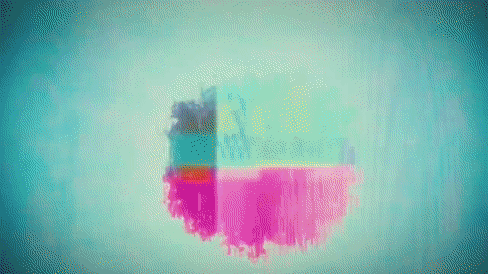 is an honest mission to reconsider the perceived perception that the progression of technology is linear and absolute. The new media collective approach creativity with a distinctly contemporary sensibility, understanding the imperative importance of incidentality. They embody a confident try-and-see attitude to studio-based practice which speaks to the indeterminate spirit which fuelled the visionaries whom first utilised the burgeoning technologies of the daguerreotype
is an honest mission to reconsider the perceived perception that the progression of technology is linear and absolute. The new media collective approach creativity with a distinctly contemporary sensibility, understanding the imperative importance of incidentality. They embody a confident try-and-see attitude to studio-based practice which speaks to the indeterminate spirit which fuelled the visionaries whom first utilised the burgeoning technologies of the daguerreotype , 8mm film
, 8mm film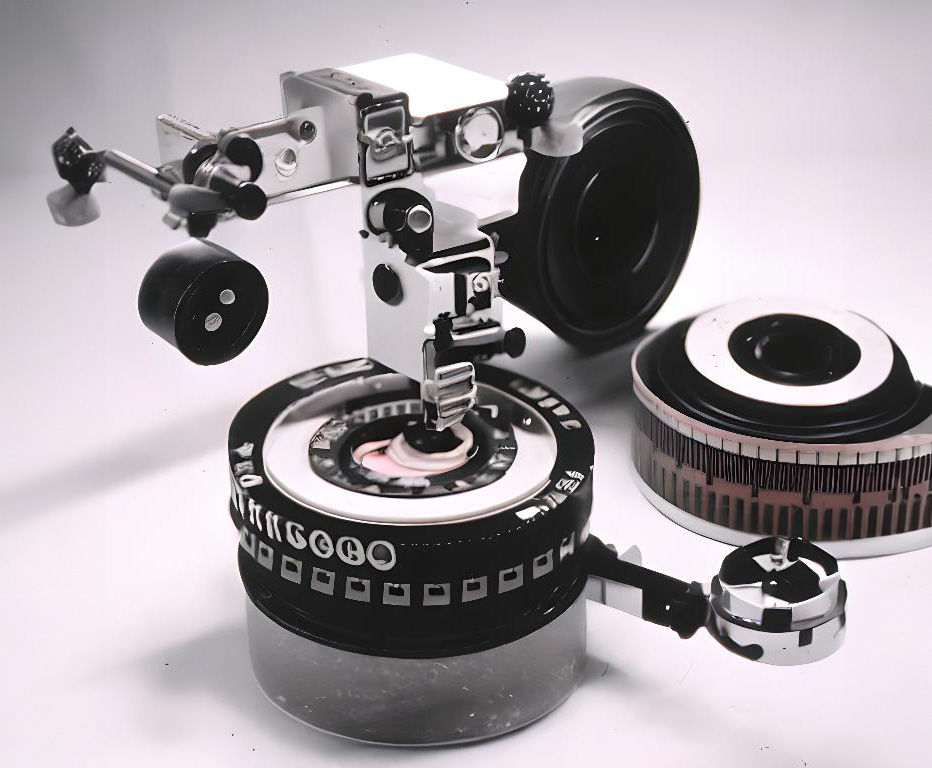 and the Internet
and the Internet in decades past.
in decades past.
We are rapidly approaching two centuries since Louis Daguerre exposed light to lens on polished silver, capturing the electric atmosphere of industrialised Paris. Nam June-Paik challenged audiences perceptions of time fifty years ago with his seminal work TV Buddha (1974), ushering in the ever-present spectre of time-based media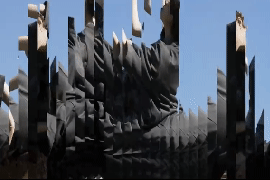 in contemporary art which underscores installation, performance and moving image practice to this day. Compressing the disparate lineages of technology and time, Babekühl deftly employ both commercial and consumer software and hardware to tap into something fundamentally familiar to the human condition.
in contemporary art which underscores installation, performance and moving image practice to this day. Compressing the disparate lineages of technology and time, Babekühl deftly employ both commercial and consumer software and hardware to tap into something fundamentally familiar to the human condition.
Acknowledging technology operates on an ever-shifting spectrum, Babekühl understand the inherent, materially influential properties of media objecthood over time: the cassette tape is as important as the integrated circuit, 4K video exists as the daguerreotype did. This material relationality is utilised as a creative method to uncover truths within our world, to harmonise the synthetic and organic realms coexisting in our present reality and, with a playful eagerness, peer into realities beyond our own.
It is within this metaphysical space that Babekühl’s expressionistic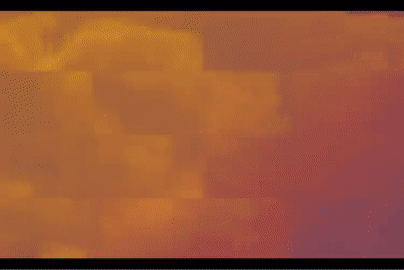 nature thrives. Their collective, collaborative methodology conceptually embraces progressively experimental ideas of playful accidents and unintentional results. Working in a studio environment, Babekühl creates experiential works which manifest their ludological penchant for the unintended, the generative, and the exploratory. By channelling an oft-forgotten, intrinsically human sense of wonder Babekühl engages with an agnostically theological reverence for the beyond
nature thrives. Their collective, collaborative methodology conceptually embraces progressively experimental ideas of playful accidents and unintentional results. Working in a studio environment, Babekühl creates experiential works which manifest their ludological penchant for the unintended, the generative, and the exploratory. By channelling an oft-forgotten, intrinsically human sense of wonder Babekühl engages with an agnostically theological reverence for the beyond .
.
We live in the future of the literary past; our everyday devices make us the cyborgs of speculative science fiction. This contemporary truth stands as Babekühl’s launching pad. Their emergent, transhistorical modality to artistic application of technology lives in the lineage of creative mysticism . Inspired by the interdimensional mediation of Hilma af Klint
. Inspired by the interdimensional mediation of Hilma af Klint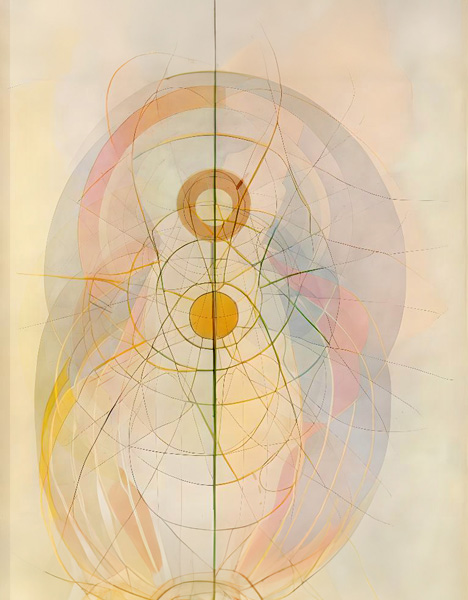 and the Rhee Seundja’s cosmology of the everyday, the members of Babekühl reverberationally converge at the desire to expose audiences to an almost-ancient connection to nature.
and the Rhee Seundja’s cosmology of the everyday, the members of Babekühl reverberationally converge at the desire to expose audiences to an almost-ancient connection to nature.
This concept of mysticism acts catalytic in Babekühl’s artistic imperative to redefine and recontextualise our relationship to technology. They excitedly urge us to consider the intrinsic creativity encapsulated in each and every analogue, digital and virtual piece of technology we have encountered, taking nothing for granted and joyfully exploring the artistic potential of everything.
Curatorial Program Manager.
4A Centre for Contemporary Asian Art.
